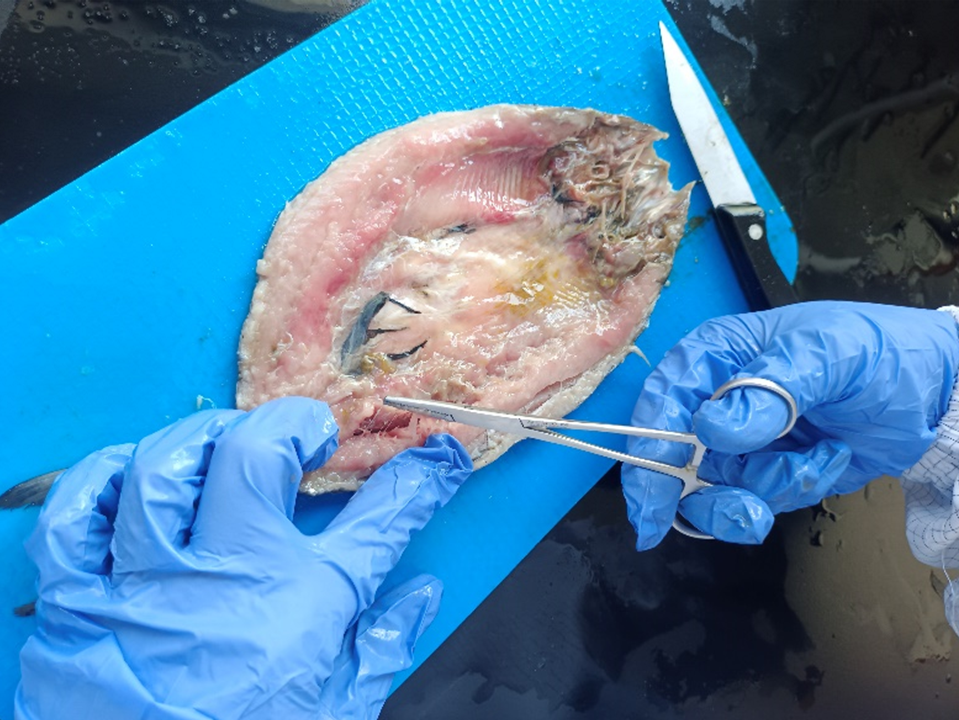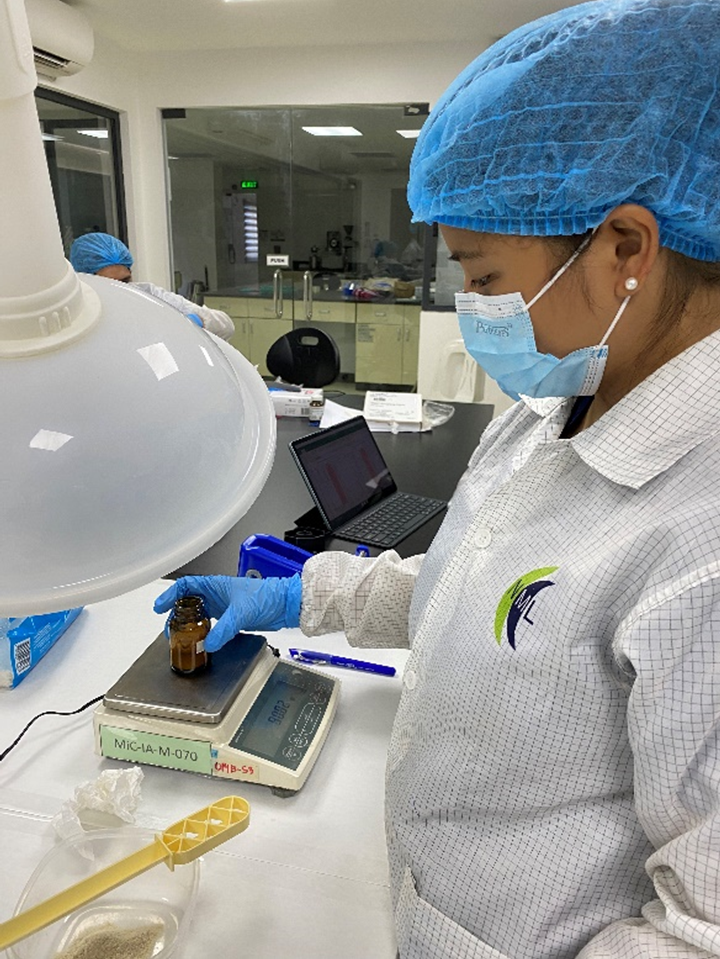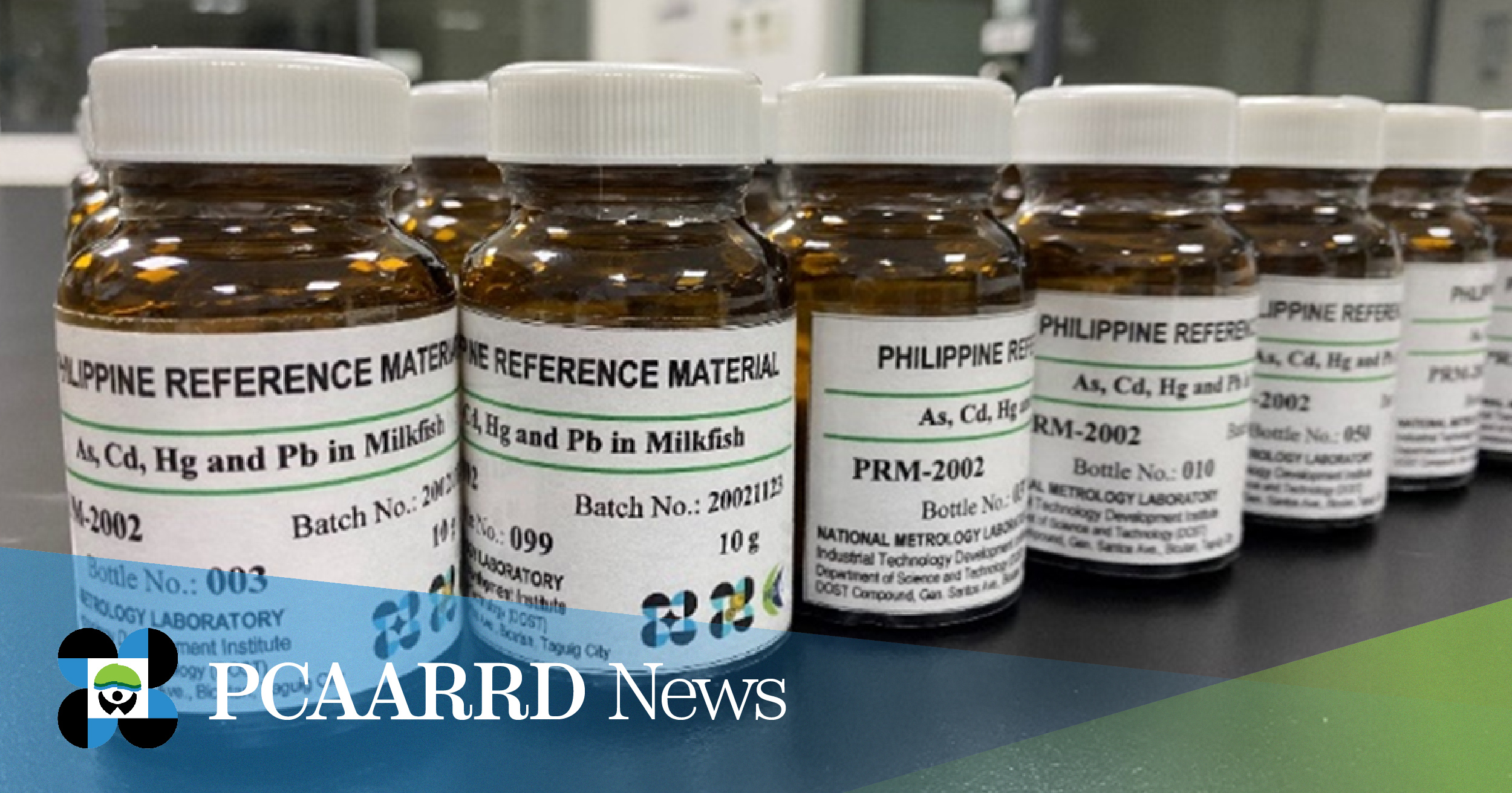
To safeguard food safety and protect consumers, chemical laboratories are testing milkfish products using validated methods. The accuracy and reliability of these testing methods are assessed through participation in Proficiency Testing (PT) schemes to help laboratories ensure accurate measurements.
The project, "Capability Enhancement of Local Laboratories in the Determination of Inorganic Toxic Elements in Aquacultured Milkfish through Proficiency Testing Scheme," has developed, validated, and verified methods for detecting toxic elements such as mercury, arsenic, lead, and cadmium in milkfish. These elements are among the most common contaminants in marine aquaculture, posing significant risks to food safety and the environment. The project is funded by the Philippine Council for Agriculture, Aquatic and Natural Resources Research and Development of the Department of Science and Technology (DOST-PCAARRD).
Milkfish samples collected from various locations in Laguna Lake were tested using validated methods. Results showed minimal levels of toxic elements, ensuring the safety of the samples. Additionally, a method for preparing milkfish reference material involving isolating of muscle tissue, lyophilization or freeze-drying, defatting, grinding, and sieving to produce a reliable reference material for testing, was developed.
The National Metrology Laboratory (NML) of the Industrial Technology Development Institute (ITDI) of DOST, which serves as a PT provider in the Philippines, organized an accuracy-based PT scheme for toxic elements in milkfish.

A total of 26 local testing laboratories took part in the PT scheme, with 23 submitting their results. Results showed acceptable Z’-score performances of 42% of the 12 participants for total arsenic, 62% of the 21 participants for cadmium, 64% of the 14 participants for total mercury, and 82% of the 22 participants for lead.
The Z’-score is the statistical analysis used to assess the accuracy of a laboratory’s test results. It measures how far the laboratory's result deviates from the accepted or true value, expressed in standard deviation units.
The results of the PT scheme revealed varying levels of analytical accuracy among participating laboratories, emphasizing the need for improvement in some local testing capabilities. The following table shows the z’-score performances of participants on heavy metal analysis in milkfish:
Analyte | Total Participants | "Acceptable" z'-score | "Warning Signal" z'-score | "Unacceptable" z'-score |
Total Arsenic | 12 | 42% | 17% | 42% |
Cadmium | 21 | 62% | 24% | 14% |
Total Mercury | 14 | 64% | 21% | 14% |
Lead | 22 | 82% | 0% | 18% |

The project aligns with the Department of Environment and Natural Resources (DENR) Administrative Order No. 2016-08, which mandates adherence to water quality guidelines and general effluent standards. The order specifies the monitoring of physical, chemical, biological, and radiological parameters in water bodies across the country. Testing laboratories must demonstrate their competence in detecting toxic elements to comply with these standards and ensure public safety.
By providing locally developed PT materials and schemes, the project aimed to raise awareness among laboratories about the importance of accuracy and reliability in their analytical tests. Using PT schemes improves laboratories’ confidence in their results. This contributes to the safety of public consumers, the preservation of environmental health, and the prevention of economic losses for food producers

